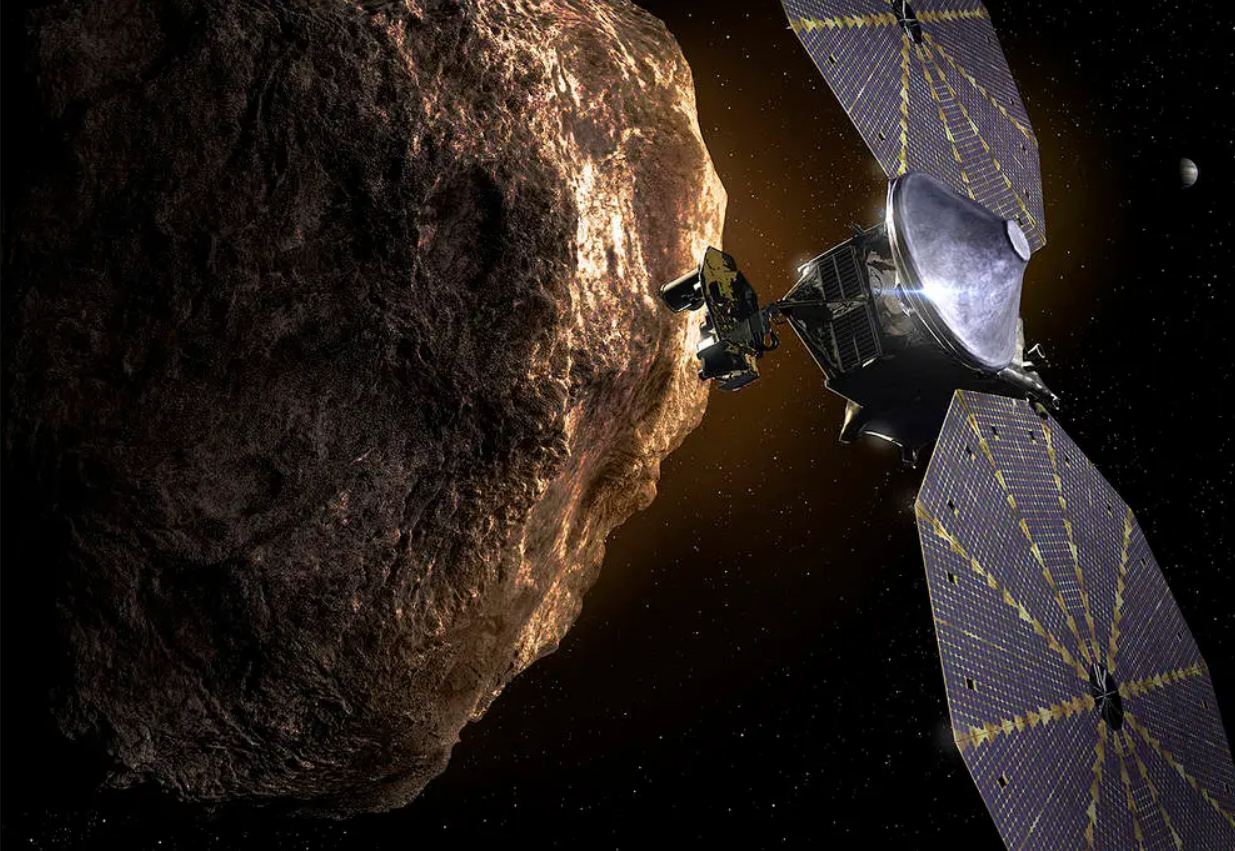Missions to asteroids have been on a tear recently. Visits by Rosetta, Osirix-REX, and Hayabusa2 have all visited small bodies and, in some cases, successfully returned samples to the Earth. But as humanity starts reaching out to asteroids, it will run into a significant technical problem – bandwidth. There are tens of thousands of asteroids in our vicinity, some of which could potentially be dangerous. If we launched a mission to collect necessary data about each of them, our interplanetary communication and control infrastructure would be quickly overwhelmed. So why not let our robotic ambassadors do it for themselves – that’s the idea behind a new paper from researchers at the Federal University of São Paulo and Brazil’s National Institute for Space Research.
Continue reading “If We Want to Visit More Asteroids, We Need to Let the Spacecraft Think for Themselves”How do you Keep a Solar Sail Stable?
Solar sailing seems like a simple concept – instead of being pushed along by the wind, as in a typical sailing ship, a spacecraft can use highly reflective said to be pushed along simply by sunlight. But as with almost all engineering challenges, that technique is much easier said than done. Sunlight can head up one side of a sail more than another, causing the ship to rotate unexpectedly. Other unforeseen situations could arise that can also have catastrophic consequences for any mission using this propulsion technology. Luckily, there is a way to account for those situations, though it involves a lot of math. Control theory is common in system design, and now researchers at Beihang University have devised a control scheme that they think could help minimize the risk to solar sails.
Continue reading “How do you Keep a Solar Sail Stable?”

